Differences Between Home Use Treadmill and Outdoor Running
When it comes to running, choosing between a home use treadmill and outdoor running involves more than just location—it affects your comfort, performance, and even safety. Let’s break down their key differences to help you decide which fits your needs better.
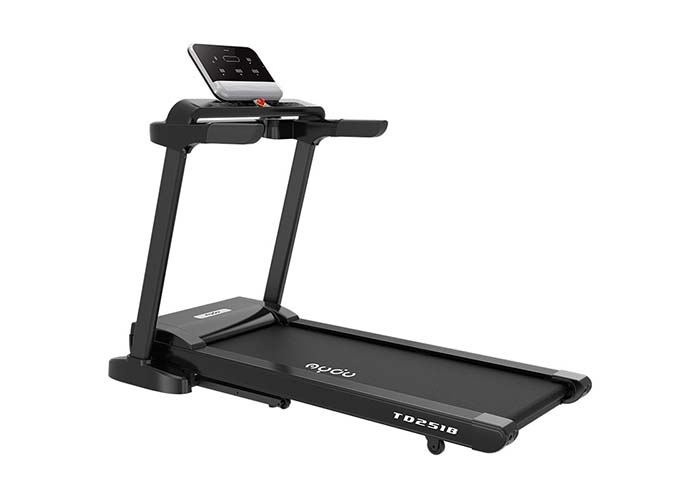
1. Temperature and Heat Dissipation
In the same temperature, running on a home use treadmill often feels hotter than running outdoors. Why? On a home use treadmill, your body stays in place, so there’s no natural wind to cool you down, even if you have a fan or air conditioning at home. Outdoors, the forward motion creates a breeze that helps dissipate heat more effectively. That said, a home use treadmill offers consistent temperature control—no sweltering summer heat or freezing winter chills to contend with. Outdoor running, while cooler in mild weather, can become miserable in extreme temperatures, especially during hot summers.
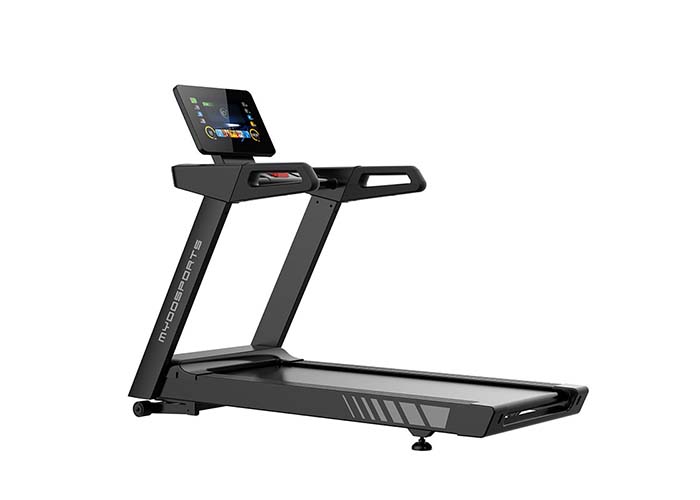
2. Speed Control and Consistency
A home use treadmill limits speed flexibility but excels at enforcing consistency. The machine dictates your pace, and while you can adjust it with buttons, it doesn’t let you slow down instinctively when tired or speed up when you feel energized—unlike outdoor running, where you naturally vary your speed based on how you feel. However, this rigidity is a strength: a home use treadmill trains you to push through fatigue and maintain a steady pace. After logging over 1,000 kilometers on my home use treadmill, I can now run outdoors at a consistent 9KM/H, with each kilometer differing by less than 10 seconds—something I attribute to the treadmill’s disciplined training.
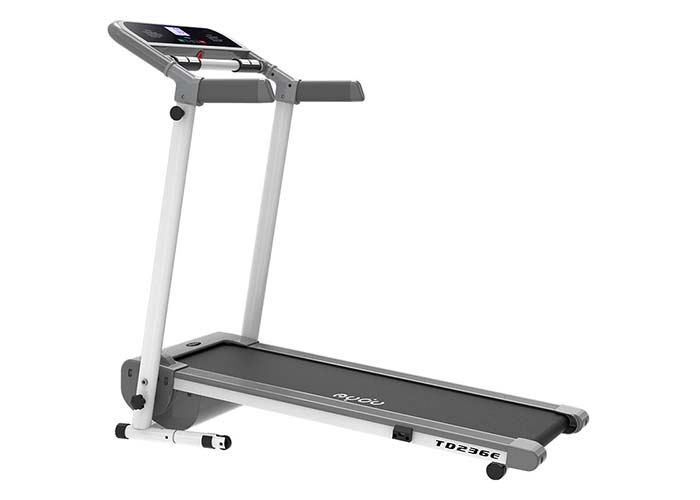
3. Boredom vs. Enjoyment
Opinions on boredom vary, but a home use treadmill and outdoor running offer distinct experiences. A home use treadmill can feel monotonous stuck indoors with no changing scenery, but it lets you multitask: watch TV, stream movies on a tablet, or listen to podcasts. I’ve completed half-marathons on my home use treadmill while binge-watching a 2-hour film, making the time fly. Outdoor running, on the other hand, delights with fresh air, changing landscapes, and the energy of fellow runners. The open space and natural surroundings eliminate the confined feeling, making it more engaging for those who crave variety.

4. Safety
A home use treadmill has a learning curve—new users may feel dizzy initially—but it’s generally safe once you adapt. As long as you stay balanced, there’s little risk of accidents. Outdoor running in parks or tracks is also low-risk, barring collisions with others or stray balls. However, road running comes with more hazards: traffic, uneven pavements, potholes, puddles, dogs, or even criminal activity. For road runners, a critical tip: never wear headphones—awareness is key to avoiding danger.
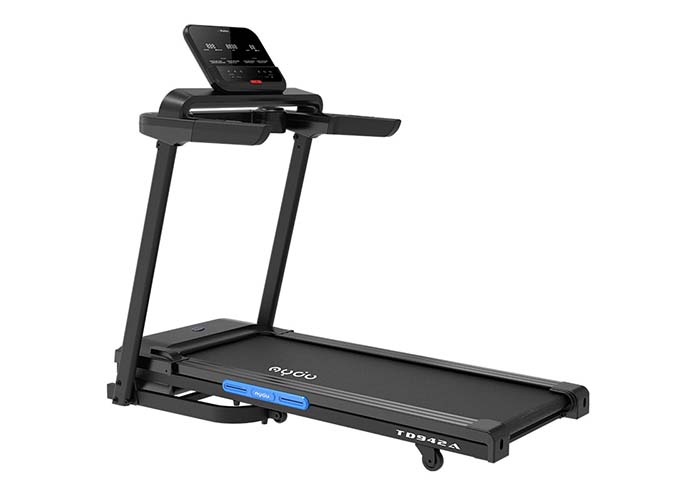
5. Shock Absorption and Injury Risk
Quality home use treadmills feature built-in shock absorption, which reduces impact on your knees and joints. In my experience, running on a home use treadmill is gentler than running on concrete or asphalt, though not as ideal as track (the gold standard for low impact). If joint health is a concern, a home use treadmill is a smarter choice than hard outdoor surfaces, balancing comfort and protection.
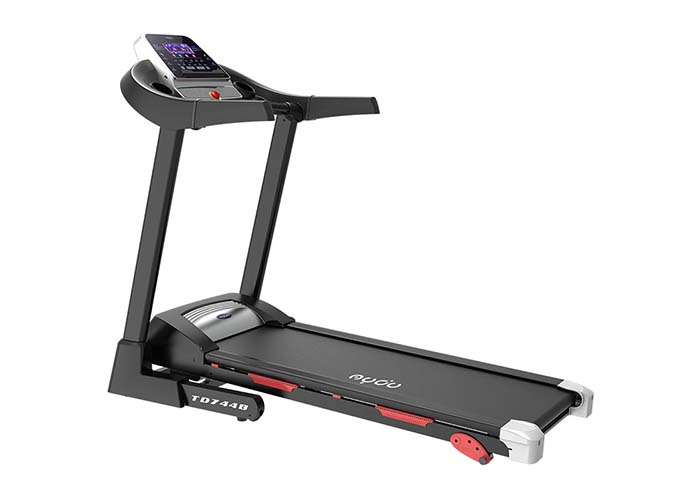
6. Weather and Air Quality Dependence
A home use treadmill is nearly weather-proof. Short of
extreme situations like power outagesyou can run anytime, rain or shine.
Outdoor running, however,
is at the mercy of the elements:
rain, snow, ice, strong winds, or sandstorms can derail your plans.
Worse, poor air quality in most big
cities makes outdoor running risky—pollution levels often exceed safe limits,
turning a healthy activity i
nto a health hazard. A home use treadmill lets you skip these worries entirely.
